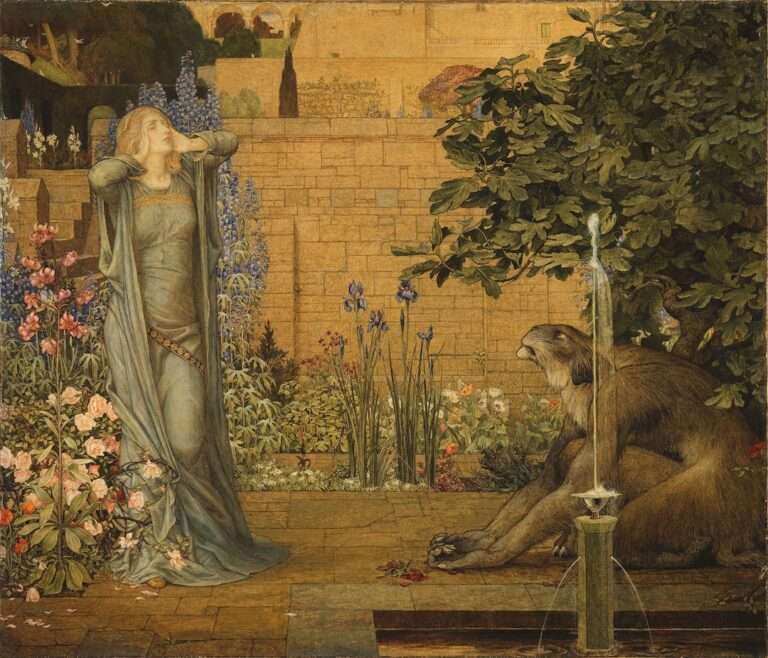Exploring the Profound Symbolism of Gray

The color gray is often associated with neutrality, balance, and ambiguity. It is a color that falls between black and white, representing a middle ground between light and dark. Gray is a versatile color that can evoke a wide range of emotions and symbolize various concepts. Understanding the meaning of colors, including gray, is important as it can greatly impact our perception and interpretation of the world around us.
Colors have long been used to convey meaning and symbolism. They have the power to evoke emotions, communicate messages, and create atmosphere. By understanding the meaning behind colors, we can better understand the messages being conveyed to us through various mediums such as art, literature, fashion, and even nature. Gray, in particular, holds a unique symbolism that is worth exploring.
The Shades of Gray
Gray comes in many different shades, each with its own unique meaning and symbolism. Lighter shades of gray are often associated with calmness, tranquility, and balance. They can create a sense of serenity and peace. On the other hand, darker shades of gray can evoke feelings of mystery, introspection, and even sadness. They can create a sense of depth and complexity.
For example, a light gray can be used in interior design to create a soothing and relaxing atmosphere in a bedroom or living room. It can also be used in fashion to create an elegant and sophisticated look. On the other hand, a dark gray can be used in art to create a sense of depth and contrast. It can also be used in literature to convey a sense of mystery or melancholy.
Gray as a Neutral Color
Gray is often considered a neutral color because it can balance and complement other colors. It acts as a backdrop that allows other colors to shine. In interior design, gray is often used as a base color for walls or furniture because it can easily be paired with other colors to create a cohesive and harmonious look. In fashion, gray is often used as a neutral color in outfits because it can be easily paired with other colors and patterns.
For example, a gray sofa in a living room can be paired with colorful throw pillows and accessories to create a vibrant and inviting space. In fashion, a gray suit can be paired with a colorful tie or pocket square to add a pop of color and personality. Gray acts as a versatile canvas that allows other colors to take center stage.
The Yin and Yang of Gray
Gray represents a balance between light and dark, yin and yang. It is a color that can symbolize both positive and negative aspects of life. It represents the duality of existence and the interconnectedness of opposites. Gray can represent both light and dark emotions, such as joy and sadness, hope and despair, or love and loss.
For example, in literature, gray is often used to convey ambiguity and uncertainty. It can represent the gray areas of life where things are not black or white, but rather a mixture of both. In art, gray can be used to create depth and contrast by juxtaposing light and dark shades. Gray represents the delicate balance between opposing forces.
Gray in Nature
Gray is often associated with natural elements such as fog, mist, and clouds. These natural phenomena are often seen as mysterious and unknown. They can create a sense of awe and wonder. Gray in nature represents the unknown and the unseen. It symbolizes the hidden depths of the world around us.
For example, a foggy morning can create an eerie and mysterious atmosphere. The gray mist obscures our vision, creating a sense of uncertainty and anticipation. Similarly, gray clouds can create a sense of foreboding or melancholy. Gray in nature represents the beauty and mystery of the natural world.
Gray in Literature

In literature, gray is often used to convey ambiguity and uncertainty. It can represent the gray areas of life where things are not black or white, but rather a mixture of both. Gray can symbolize moral ambiguity, indecision, and the complexity of human emotions.
For example, in F. Scott Fitzgerald’s novel “The Great Gatsby,” the character Jay Gatsby is often described as having gray eyes. This symbolizes his enigmatic nature and the mystery surrounding his true identity. Gray is used to convey the uncertainty and complexity of Gatsby’s character.
Gray in Art
In art, gray is often used to create a sense of minimalism and simplicity. It can be used to create depth and contrast by juxtaposing light and dark shades. Gray can also be used to create a sense of calmness and tranquility.
For example, in the works of artist Mark Rothko, gray is often used as a base color to create a sense of depth and contrast. The different shades of gray create a subtle gradation that draws the viewer’s eye and creates a sense of calmness and introspection.
Gray in Psychology
In psychology, gray is often associated with emotional detachment and objectivity. It can represent a sense of neutrality and impartiality. Gray can also symbolize a lack of emotion or a desire to remain neutral in a situation.
For example, in a courtroom setting, judges often wear gray robes to symbolize their impartiality and objectivity. Gray represents their role as neutral arbiters of justice.
Gray in Fashion
In fashion, gray is often associated with timelessness and sophistication. It is a versatile color that can be dressed up or down depending on the occasion. Gray can be paired with other colors to create a classic and elegant look.
For example, a gray suit paired with a white shirt and black tie creates a timeless and sophisticated look for formal occasions. On the other hand, a gray t-shirt paired with jeans and sneakers creates a casual and relaxed look for everyday wear. Gray is a color that can be easily incorporated into any wardrobe.
Gray in Spirituality
In spirituality, gray can symbolize spiritual growth and transformation. It represents a journey towards enlightenment and self-discovery. Gray can represent the process of shedding old beliefs and embracing new ones.
For example, in Buddhism, gray is often associated with the concept of impermanence. It represents the transient nature of existence and the impermanence of all things. Gray represents the process of letting go and embracing change.
In conclusion, the color gray holds a rich symbolism that is worth exploring. Understanding the meaning of colors, including gray, can greatly impact our perception and interpretation of the world around us. Gray represents neutrality, balance, ambiguity, and mystery. It can evoke a wide range of emotions and symbolize various concepts. Whether it is used in interior design, fashion, literature, art, psychology, or spirituality, gray has the power to convey deeper meanings and create a sense of depth and complexity. By understanding the symbolism of colors like gray, we can gain a deeper appreciation for the world around us and the messages being conveyed to us through various mediums.
If you’re interested in exploring more symbolism, you might find the article on the symbolism of the moon fascinating. The moon has long been associated with various meanings and interpretations, from femininity and intuition to cycles and emotions. Discover the deeper significance behind this celestial body by visiting https://symbolismhub.com/what-does-the-moon-symbolize/.
FAQs
What is Gray Symbolism?
Gray Symbolism is the use of the color gray to represent various concepts, emotions, and ideas in art, literature, and culture.
What does the color gray symbolize?
The color gray can symbolize neutrality, balance, ambiguity, uncertainty, and detachment. It can also represent wisdom, maturity, and experience.
What are some examples of Gray Symbolism in literature?
In literature, gray symbolism can be seen in works such as “The Picture of Dorian Gray” by Oscar Wilde, where the color gray represents the moral decay of the protagonist. In “The Great Gatsby” by F. Scott Fitzgerald, the gray valley of ashes symbolizes the moral and social decay of the society.
What are some examples of Gray Symbolism in art?
In art, gray symbolism can be seen in works such as “Gray Line with Black, Blue and Yellow” by Mark Rothko, where the color gray represents a sense of calmness and balance. In the painting “Whistler’s Mother” by James McNeill Whistler, the gray tones represent the seriousness and dignity of the subject.
What are some cultural references to Gray Symbolism?
In popular culture, gray symbolism can be seen in movies such as “The Matrix” where the color gray represents the artificial and oppressive nature of the world. In the TV show “Breaking Bad,” the character Walter White’s transformation from a mild-mannered chemistry teacher to a ruthless drug lord is symbolized by his gradual shift from wearing bright colors to wearing gray and black.





